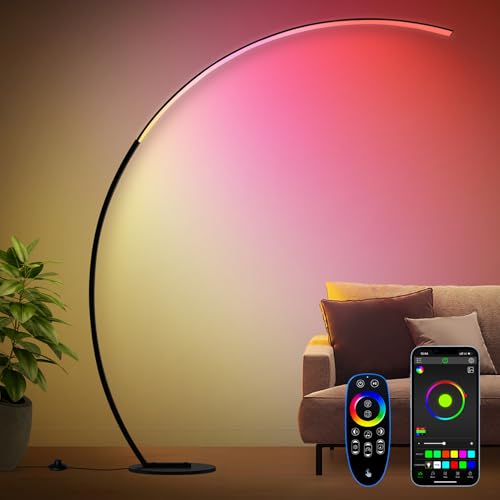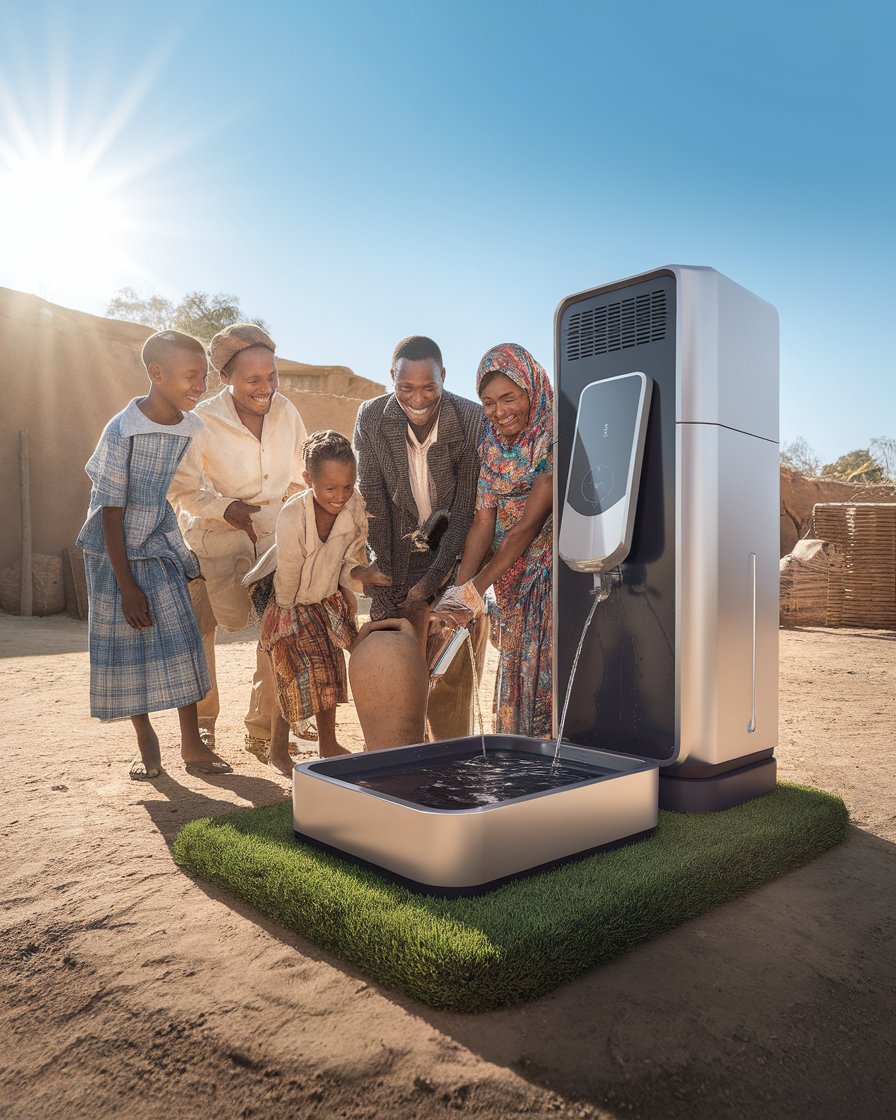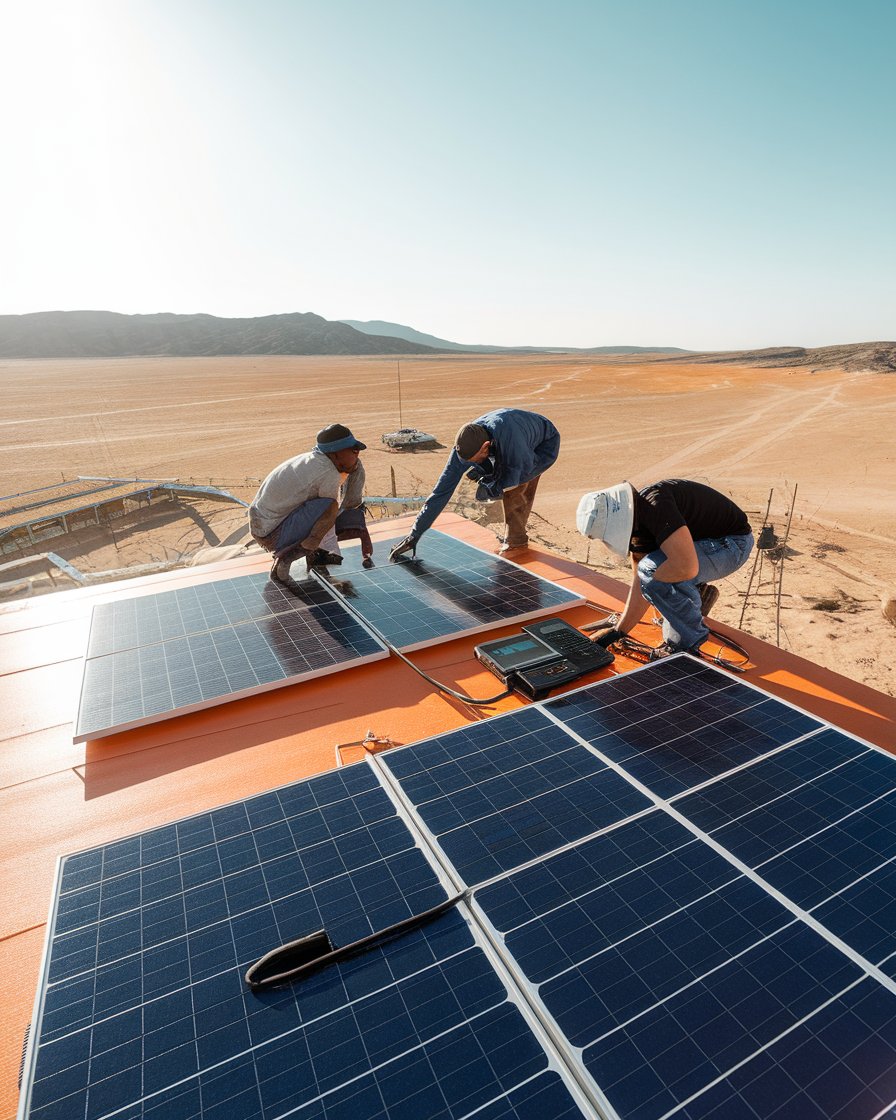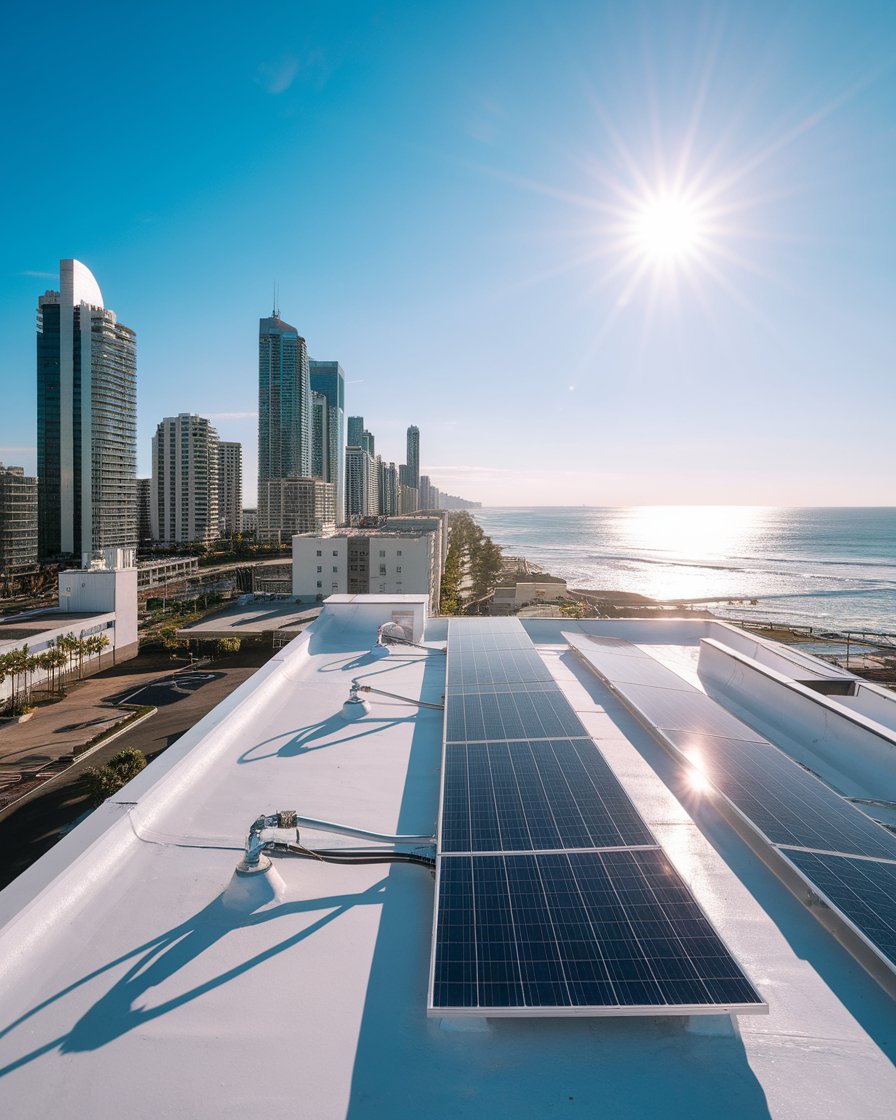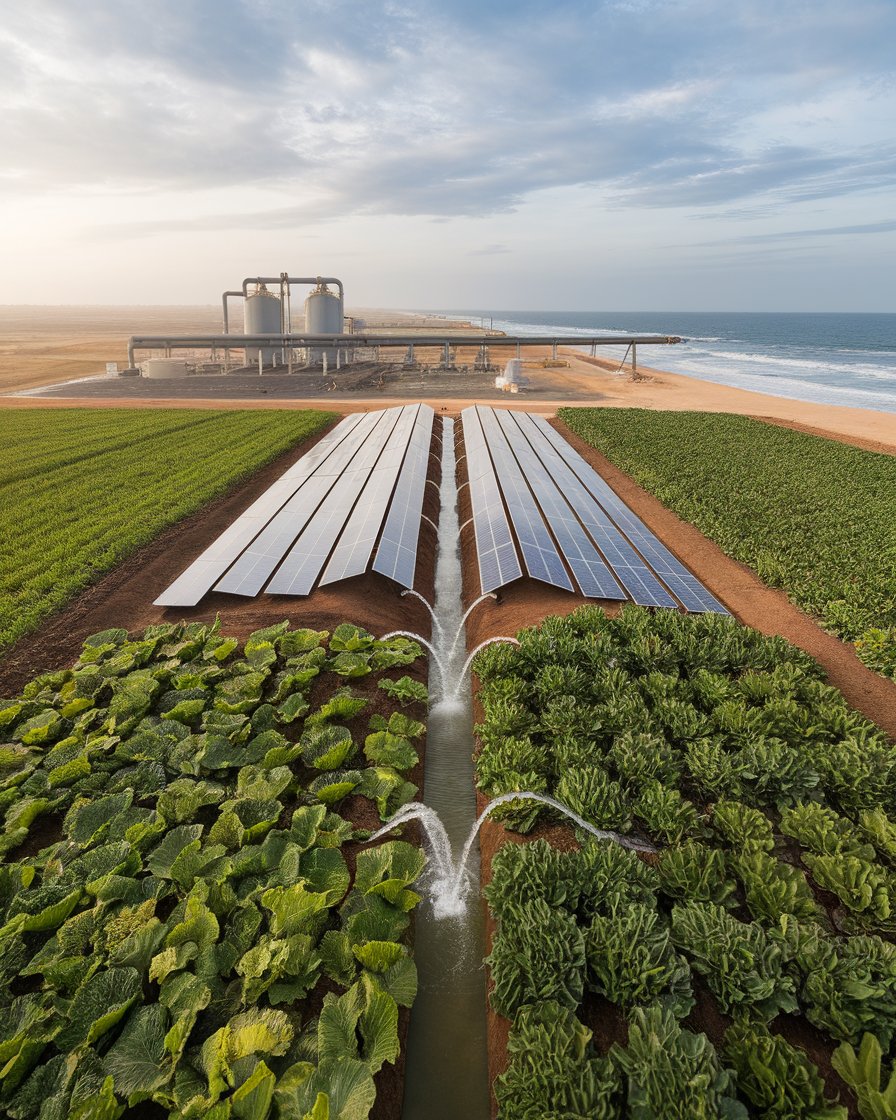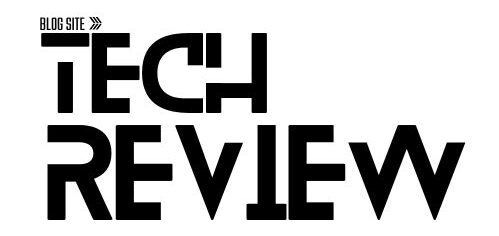Introduction
Hydropanels offer an innovative solution to the growing global water crisis by using zero mass water technology to create clean drinking water from thin air. These panels absorb water vapor from the atmosphere and transform it into potable water through a combination of solar energy and advanced water generation technology. The process allows hydropanels to produce several liters of water per day, even in areas with low humidity. This method not only helps to reduce water scarcity but also provides a sustainable alternative to traditional bottled water and inefficient water distribution methods.
The role of renewable energy is vital in powering hydropanels, as solar panels capture sunlight to drive the system. Hydropanels have proven to be especially beneficial in arid regions like Dubai, where water scarcity is a serious issue. By harnessing solar power, hydropanels produce enough water for daily needs while reducing dependence on external water sources, offering a cleaner, more sustainable solution to the world’s water challenges.
Key Takeaways
Zero mass water technology allows hydropanels to capture water vapor from the air and produce potable water, offering a sustainable solution to water scarcity.
Hydropanels generate liters of water per day using solar energy and advanced hygroscopic materials, even in low-humidity regions.
Communities facing water shortages can greatly benefit from hydropanels, which reduce the need for bottled water and provide a renewable drinking water source.
Installation of hydropanels is efficient and involves a simple two-panel setup, making them accessible for households and remote locations.
Hydropanels rely on renewable solar energy, ensuring cost-efficient, off-grid water production in areas like Dubai, where water resources are limited.
Compared to desalination, hydropanels offer a more sustainable and energy-efficient solution for agriculture, addressing the challenges of water scarcity.
Understanding Zero Mass Water: A Sustainable Drinking Water Solution
Zero mass water technology is transforming how we think about drinking water. Using hydropanels, it captures water vapor from the atmosphere and turns it into potable water. These panels provide a sustainable solution to water scarcity by producing liters of water per day without relying on traditional water sources. By harnessing solar energy, hydropanels can work even in remote locations where access to drinking water is limited. The ability to create water from thin air makes this technology revolutionary, especially in areas struggling with water shortages. This process not only provides a reliable source of water but also reduces the need for bottled water.
Exploring the Viability of Hydropanels: Can They Truly Bring Water Production Using Zero Mass Water?
1. How Zero Mass Water Technology Works
Hydropanels utilize solar energy to absorb water vapor from the atmosphere and turn it into clean drinking water. This process is highly efficient, even in low-humidity conditions, as the panels use hygroscopic materials that attract moisture from the air.
2. Key Benefits of Hydropanels for Water Scarcity
Hydropanels offer a sustainable solution for regions suffering from water shortages, particularly in remote and arid areas. They reduce the reliance on traditional water sources and bottled water, providing a renewable source of water without depleting natural resources.
3. Challenges in Implementing Hydropanel Systems
While hydropanels are effective, the initial installation costs, availability of sunlight, and ongoing maintenance can be barriers to widespread use, especially in regions with fewer financial resources or inconsistent sunlight exposure.
4. Impact of Hydropanels on the Environment
By harnessing solar energy and avoiding the need for extensive infrastructure, hydropanels minimize environmental impact. They provide an alternative to desalination and other water generation methods that may harm ecosystems.
How Hydropanels Generate Water from Thin Air
Hydropanels work by absorbing water vapor from the air, then using solar energy to convert it into drinking water. The panels use hygroscopic materials that collect moisture even in low-humidity environments. This water is stored in a reservoir, where it can then be filtered and dispensed for daily use. The ability to generate water from thin air is particularly useful in areas where traditional water sources are unreliable, providing a sustainable alternative that doesn’t strain existing water supplies.
Benefits of Zero Mass Water for Communities Facing Water Scarcity
Communities suffering from water shortages can greatly benefit from zero mass water technology. Hydropanels produce clean, potable water, reducing the need for bottled water and helping people in remote areas become less dependent on external water sources. This technology can provide a steady, renewable source of drinking water, making it a long-term solution for areas facing chronic drought or pollution. By utilizing solar energy, these panels also support environmental sustainability and cost-efficiency in the long run.
Installation and Efficiency of Hydropanels: AWG Technology Explained
Installing hydropanels, which utilize Atmospheric Water Generation (AWG) technology, is an efficient way to harvest water in arid regions. These panels absorb water vapor from the air and produce clean drinking water. Installation typically involves setting up a two-panel array that uses solar energy to generate the water needed daily. Each panel can produce several liters of water, making it a viable solution for households, especially in areas with low humidity. This AWG technology provides a sustainable way to ensure access to water in places where conventional water sources may be scarce or nonexistent.
Case Study: Azraq Refugee Camp Hydropanel Project
In Jordan’s Azraq Refugee Camp, Zero Mass Water installed hydropanels to tackle the water scarcity issue faced by the camp’s residents. Using AWG technology, the panels captured atmospheric water vapor and converted it into potable water. Each panel produced up to five liters of clean water daily, even in the camp’s dry climate. The two-panel array setup was efficient, requiring minimal maintenance, and relied solely on solar energy. This installation allowed the camp to access clean water without burdening existing water resources, providing a sustainable solution to a pressing humanitarian issue.
Steps Involved in Hydropanel Installation
Installing hydropanels is a straightforward process, beginning with selecting a suitable location with ample sunlight. A two-panel array is typically set up to optimize water production, each panel requiring minimal maintenance. Installation experts ensure the panels are properly aligned to absorb maximum sunlight, which powers the system and supports the atmospheric water generation process. Once installed, the panels can start producing several liters of water per day, providing a reliable drinking water source that is independent of local water infrastructure.
Maximizing Efficiency in Low Humidity Environments
Hydropanels are designed to function even in regions with low humidity by using advanced AWG technology. These panels can still absorb enough water vapor to produce drinkable water by using hygroscopic materials that attract and store moisture. The efficiency of the panels depends on environmental factors, but even in desert-like conditions, hydropanels can generate enough water to meet daily needs. This makes them an ideal solution for drought-prone areas where traditional water sources may be scarce.
Renewable Energy’s Role in Hydropanel Water Production
Renewable energy plays a critical role in the function of hydropanels, which rely on solar power to extract water from the air. These panels are designed to work efficiently in locations with abundant sunlight, like Dubai and other regions facing water shortages. Hydropanels can produce enough water for daily use while being completely independent of the grid. By utilizing renewable energy, this technology is not only environmentally friendly but also cost-effective in the long term. The shift towards solar-powered water production highlights the potential of combining water technology with renewable resources to solve global water crises.
Solar Power as the Backbone of Hydropanel Functionality
The success of hydropanel water production largely depends on renewable solar energy. Each hydropanel uses solar power to operate fans and pumps that capture water vapor from the air. This clean energy source makes the panels both environmentally friendly and cost-effective over time. Solar power allows hydropanels to function independently from the electrical grid, providing an off-grid solution to water scarcity in remote or underserved regions. The integration of renewable energy into water production also highlights the potential for sustainable solutions in tackling global water issues.
Impact of Renewable Energy on Water Costs and Accessibility
Using renewable energy to produce water with hydropanels significantly reduces the cost of water over time. Traditional water sources, such as tap water or bottled water, often come with high transportation and filtration costs. In contrast, hydropanels use freely available solar energy, making water more accessible and affordable, especially in areas where water costs are high. This technology is especially promising in regions like Dubai, where sunlight is abundant but water resources are limited, ensuring sustainable water access for the long term.
“We need to bring sustainable solutions to the world’s biggest problems, and renewable energy is a critical part of solving the water crisis.” — Bill Gates (Source: Breakthrough Energy)
Desalination vs. Atmospheric Water Generation: A Look at Agricultural Impacts
Atmospheric Water Generation (AWG) and desalination are both viable methods for addressing water scarcity, especially in agricultural sectors. Desalination processes involve converting seawater into freshwater, but they can be energy-intensive and inefficient. On the other hand, hydropanels using AWG technology offer a more sustainable and cost-efficient alternative. These panels capture water vapor from the air, providing a cleaner source of water with minimal environmental impact. The agricultural industry, which heavily relies on water, could benefit significantly from AWG, especially in areas where drought and climate change have exacerbated water shortages.
Challenges of Desalination in Agriculture
Desalination is commonly used to convert seawater into freshwater, but the process has its drawbacks. It is energy-intensive, often relying on fossil fuels, and produces large amounts of salt byproduct that can harm marine ecosystems. Additionally, desalinated water can be expensive, making it less viable for widespread agricultural use. In contrast, atmospheric water generation (AWG) with hydropanels offers a more sustainable solution for farms. AWG technology provides clean water directly from the air, with fewer environmental impacts and lower operational costs than desalination.
Advantages of AWG for Sustainable Agriculture
Hydropanels that use atmospheric water generation are particularly beneficial for sustainable agriculture. They allow farmers to access a steady supply of water, even in regions facing water shortages or drought. AWG technology requires less energy than desalination, and the water produced is clean and ready for irrigation or livestock. This makes hydropanels an excellent tool for agricultural areas struggling with the impacts of climate change, ensuring that crops and animals have enough water to thrive without depleting natural water reserves.
Conclusion
In conclusion, hydropanels provide a groundbreaking solution to global water scarcity by harnessing zero mass water technology to create drinking water from thin air. Powered by solar energy, these panels generate several liters of water per day, offering an environmentally friendly and cost-efficient alternative to traditional water sources. The installation of hydropanels is simple and adaptable, making them a sustainable option for areas with low humidity, like Dubai, where water scarcity is a critical issue.
As the world faces increasing water challenges due to the climate crisis, hydropanels present a viable solution for agricultural and residential water needs. By utilizing renewable energy and reducing reliance on inefficient methods like desalination, hydropanels support a more sustainable future. This technology, pioneered by Cody Friesen and supported by notable investors like Bill Gates, continues to drive innovation in the water sector, offering hope for water-scarce regions worldwide.


